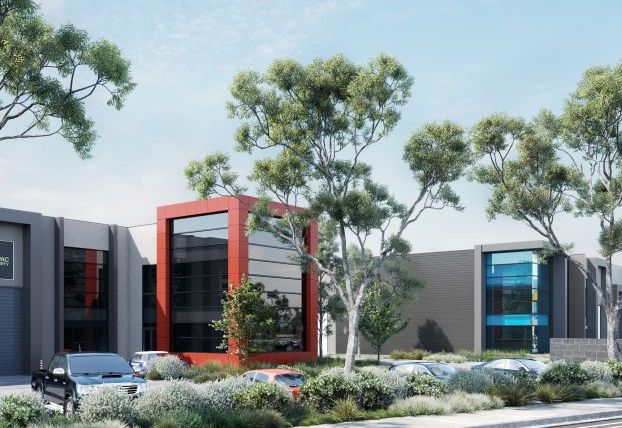Buying your first warehouse - Choosing the right Property
Choosing the right Property.
According to Steve Tsimos the strongest part of the industrial market is the small factory type building which have been selling very well over the last 5-7 yrs. It’s a function of people putting their business in a property which they own, at the same time as investing in or owning a portfolio of properties. There has probably never been a better time to borrow money and purchase a property because interest rates are so low. Currently, the financial institutions are very pro lending money to owner occupiers.
So, his view? Right now, purchasing can be more affordable than leasing.
Let’s look at an example of how buying versus leasing can produce smarter results. The example of a modern warehouse of 250 sq meters with small office space, at a total sale price of $ 824,000 (including stamp duty and legal fees. Normally this would require a 30% deposit. With an interest only loan of $576,000—at a rate of 3.75%, annual interest- only payments would total around $21,000. This is in contrast to the annual rental payment which would be around $28,000.
So, in this example, there is a cash flow saving and also an investment for the future. If you buy you are doing it for now and for later, saving money, and buying an asset and putting your own fit out into your own asset, with a lot of benefit from depreciation also.
So let’s say you have managed to access a deposit, you’ve structured it correctly, what are the three top location traits to look for?
- Proximity and easy access to freeways and transport for your couriers and staff. If you are inner city and its congested with heavy loads of traffic, this will add to everyone’s costs and frustration. Now with the new freeway links, people have access to industrial precincts near freeways and transport. There’s been a max exodus from the fringe city over the last 30 years, which has expanded areas such as Laverton, Braeside, Moorabin. Clearly logistics is important and it’s a multiplying flow on affect from logistics to travel time to cost saving.
- Street configuration and access. Important is good vehicular access into the street, and into the driveway for moving and receiving products, containers etc. Sometimes the older established industrial areas, like Moorabbin for example, can still be congested. Newer suburban areas such as Braeside have the wider streets and may not offer as much capital growth but will offer good access points.
- A proven and established or growing industrial area with good strong sales history, is attractive in terms of industrial property. The aim is to buy something that will suit your business for location and functionality, but also increase in value, and you can easily lease when you retire.
Finally, what are the tactics to negotiate the best deal? Matt Brown tells us the simple tips are threefold.
- Put unconditional offers forward first. An unconditional offer which will be met much more readily by a vendor than a conditional offer, particularly if there is a lot of demand and a low level of stock, in a hot market like the one we are in at the moment.
- Flexible Settlement terms – Consider the vendors situation. If the property is vacant, they are likely to want their money in 30 days. However, if the property is occupied by the vendor themselves or a tenant, they might need a long time to vacate. So being flexible can seal a deal.
- Do your market research – know how solid the market is in that location. Make an offer which is circa the market value. That information is freely available on the internet. As Steve says, ‘to come in with an unrealistic offer is wasting a lot of everyone’s time ‘.
Lots to consider to choose the right property for you !..



